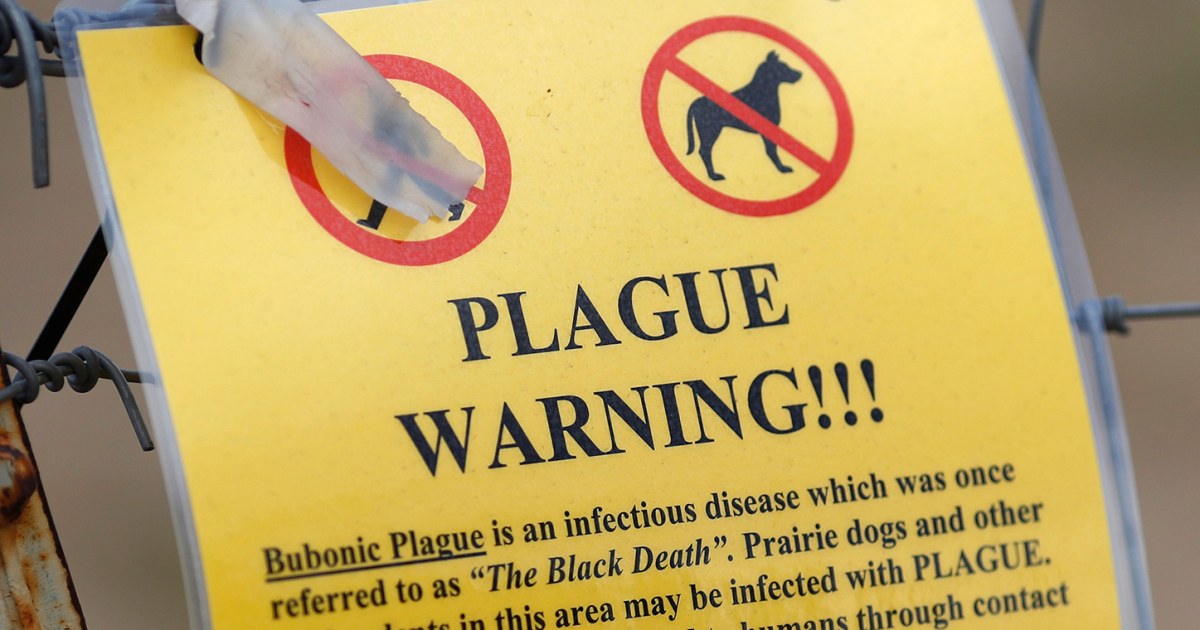
In recent news, Colorado health officials have confirmed the first human case of bubonic plague in Pueblo County. This rare and potentially deadly bacterial infection is transmitted through the bites of infected fleas or direct contact with contaminated body fluids or tissue. The CDC estimates that there are seven human cases per year in the United States, with most occurring in rural areas of northern New Mexico, northern Arizona, southern Colorado, California, southern Oregon and far western Nevada. Let's delve deeper into this topic and explore what we know about plague.
Plague is caused by the Yersinia pestis bacterium that can infect humans and a wide range of animals. It is most commonly spread through the bites of infected fleas, though humans can also be infected following direct contact with contaminated body fluids or tissue. The plague manifests in three main ways: bubonic, septicemic, and pneumonic plague.
Bubonic plague causes painful, pus-filled swellings called buboes. Untreated, it kills up to 60% of people. Septicemic plague occurs when the bacteria get into the bloodstream and is invariably fatal without treatment. Pneumonic plague is the most serious form of the disease and can spread directly between humans, killing rapidly if not treated within 24 hours.
The first recorded outbreak of plague occurred in China around 1334 AD, spreading to Europe through trade along the Silk Road. The Black Death, as it became known, killed an estimated 50 million people in Europe and Asia between the 6th and 8th centuries. In India alone, it is believed that up to 10 million people died during this period.
Plague was brought to the United States through ports in the early 1900s, leading to widespread fear and discrimination against Chinese and Mexican communities. It was particularly prevalent in West Coast cities like Honolulu, San Francisco, Los Angeles, and even reached as far as New York City.
Today, plague is mostly found in semi-arid upland forests and grasslands in the western United States. When treated early with antibiotics, it can be cured. Prevention measures include keeping areas around the home clear of debris and making sure pets are up to date on flea treatments.
It's important to note that while plague is rare in modern times, it still poses a threat. Health officials advise cleaning up garbage and reporting large die-offs of animals like prairie dogs, squirrels, rats. To avoid plague transmission when handling dead animals: wear gloves, use a shovel or plastic bag to transport the animal, and place it in an outdoor garbage can.
In conclusion, the recent confirmation of a human case of bubonic plague in Pueblo County serves as a reminder that this ancient disease still exists. It's crucial to be aware of its symptoms and take preventative measures to protect yourself and your loved ones.






